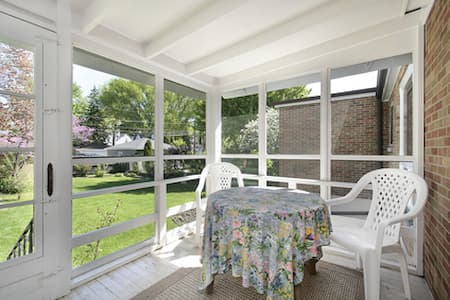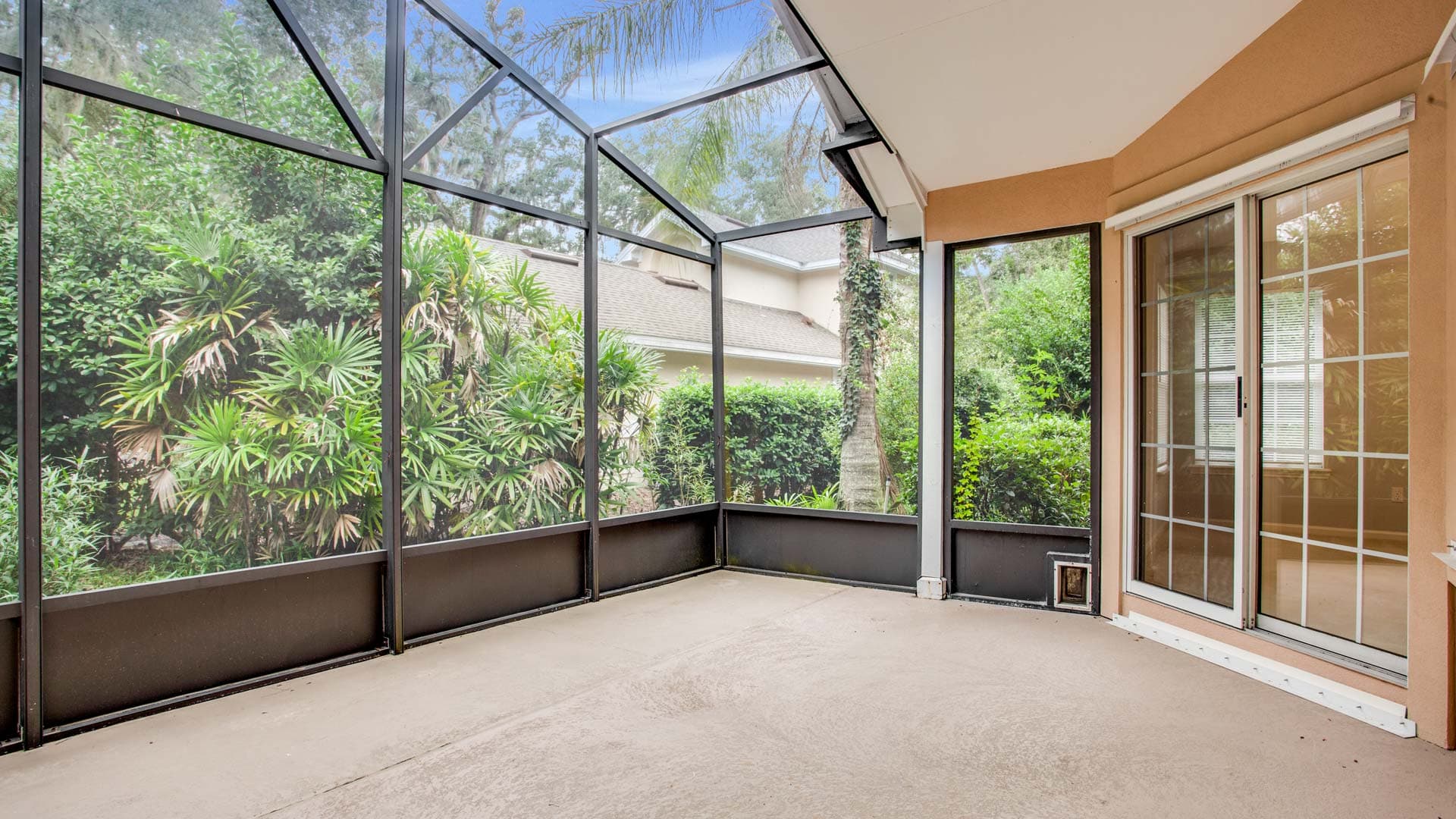Horizon Improvements, Inc Sunroom Contractor in Pensacola, FL & Surounding Areas

Looking for a sunroom in Pensacola or the surrounding area?
Well, then, you came to the right place. Sunrooms can be the perfect home addition, and being an outdoor structure, they will add to the beauty and curb appeal of your home. Mainly, though, you can enjoy the beauty of the outdoors while in the comfort of being inside.
A sunroom will also increase the square footage of your home, but without the costs that usually come with a traditional room addition. Our Pensacola remodeling company contractors are here to help, so drop us a line, and our design team can go over all your options for sunrooms, pergolas, and more. Make the call now for sunrooms in Pensacola.
Why add a Sunroom? Benefits & Features
Make Your Home Shine
A Sunroom will beautify your home. Adding a new room is a big addition to the look and feel of your home. Adding a sunroom uses the natural beauty of the outdoors as a backdrop and will fill the space with beautiful natural light. There are many styles to choose from. For instance, a cathedral sunroom will add the grandeur of a high cathedral roof to your space, inviting and spacious. These grand rooms look amazing from the outside.
Bring the Outdoors Inside
Bring the world to you. Sometimes, a living room can be dark and closed. Adding a sunroom will make a new space that is open and inviting; the backdrop is the flora and fauna of Florida, which is some of the best beauty in the world.
Stay Clean Glass
Our glass sunrooms come with Stay Clean technology that repels water and sheets it away. When it sheets, it actually carries dirt with it, which in turn keeps your glass sunroom cleaner and for longer. It's also engineered to use the sun rays to break up dirt so water can rinse it away.
Climate Controlled
Warmer in the winter and cooler in the summer. Our sunrooms come with heat-reflecting technology. In the winter, the glass reflects the heat, keeping the warmth inside. While in the summer, the outside of the glass reflects the heat from the sun, keeping it from heating up the space. So rest assured you will be in comfort all throughout the year.
Sunroom Styles
Options to fit your needs:
- Cathedral Sunrooms
- Studio Sunrooms
- Under Existing Roof Florida Rooms
- LifeRooms
Recent Sunrooms Projects
Transform your Beulah, Florida home with Horizon Improvements, Inc, your premier Sunroom Contractors. Our expert team recently completed a stunning sunroom installation in Beulah, Fl, showcasing our commitment to quality craftsmanship. Specializing in both regular and glass-under sunrooms, we cater to your unique needs, ensuring every […]
Read More
Horizon Improvements, Inc., stands out as one of Milton's premier sunroom contractors, known for their expertise and exceptional service. Recently, they completed a remarkable project in Milton, Florida, involving the construction of a sunroom on the second story of a building. This innovative approach, known as […]
Read More


